Archive
Curious Creatures
- Book
- Curious Creatures
Word Count: 2
- Erna Pinner
- 1951
The Scientific Book Club, 121 Charing Cross Road, Soho, London WC2.
- English
- London (GB)
Curious Creatures by the émigré artist Erna Pinner was published in 1951 and explores unusual, overlooked and lesser-known curiosities of the animal world.
Word Count: 22
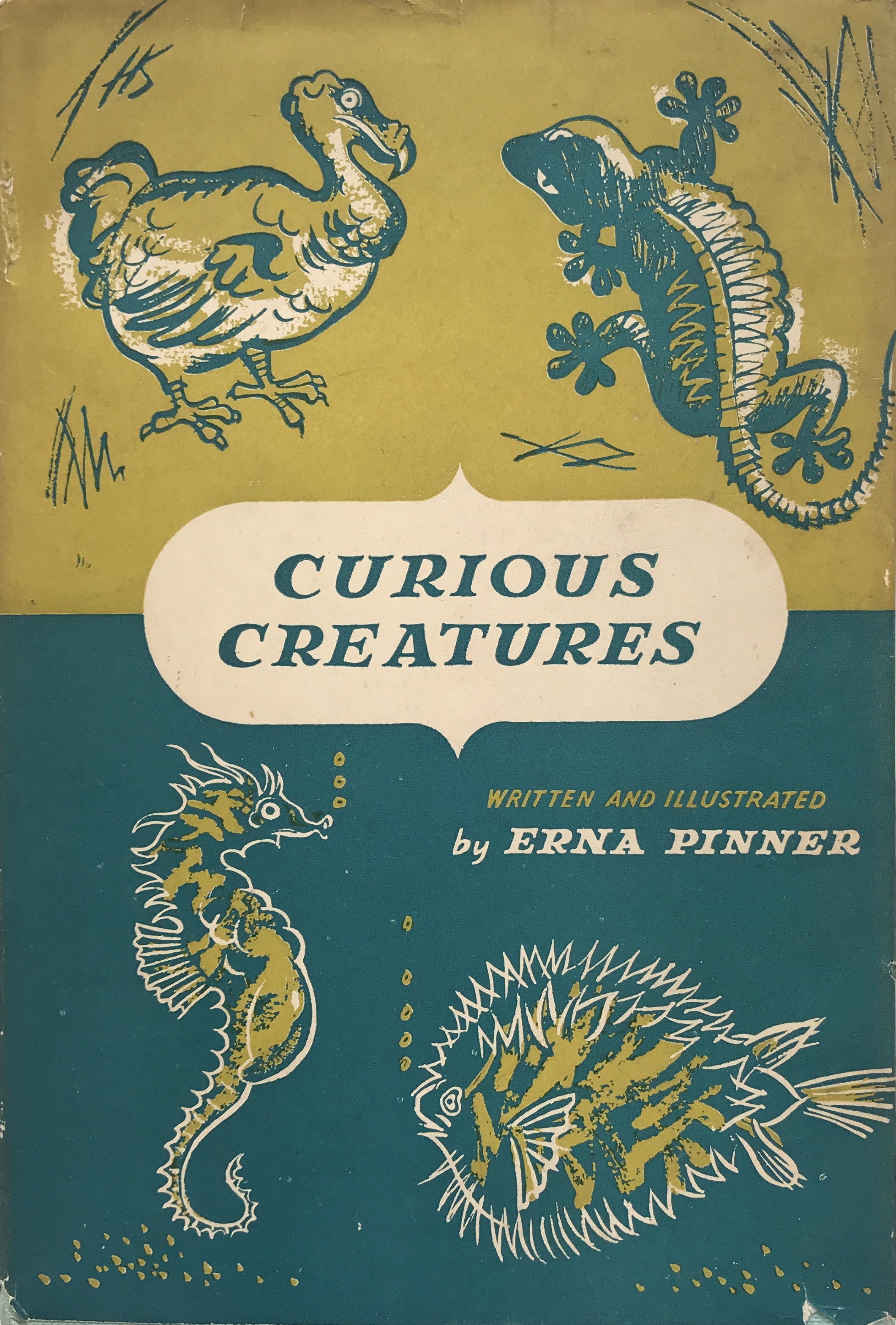
Erna Pinner. Curious Creatures. The Scientific Book Club, 1951, cover (Original © Erna Pinner). 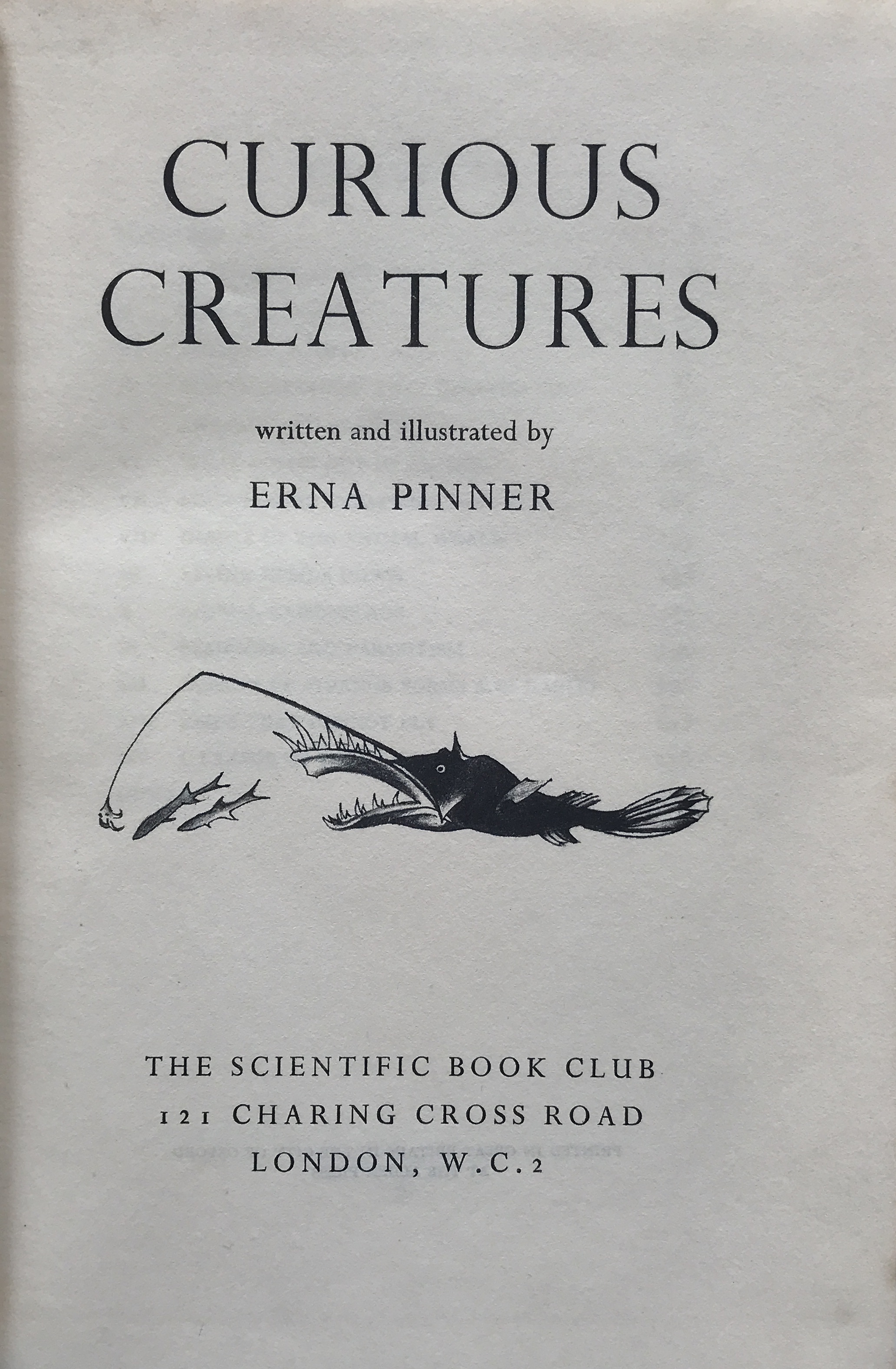
Erna Pinner. Curious Creatures. The Scientific Book Club, 1951, bastard title (Original © Erna Pinner). 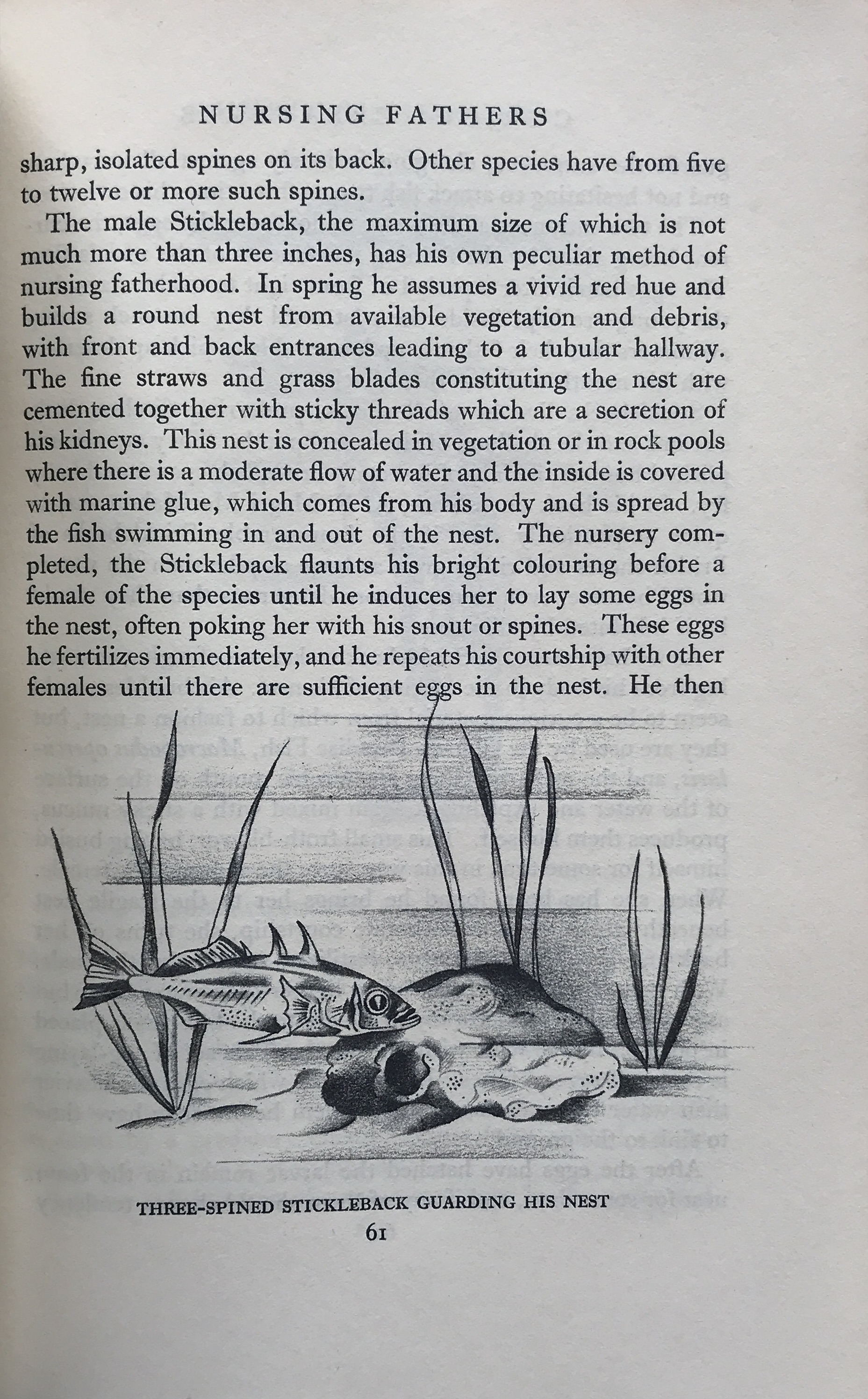
Erna Pinner. Curious Creatures. The Scientific Book Club, 1951, p. 61: “Nursing Fathers” (Original © Erna Pinner). 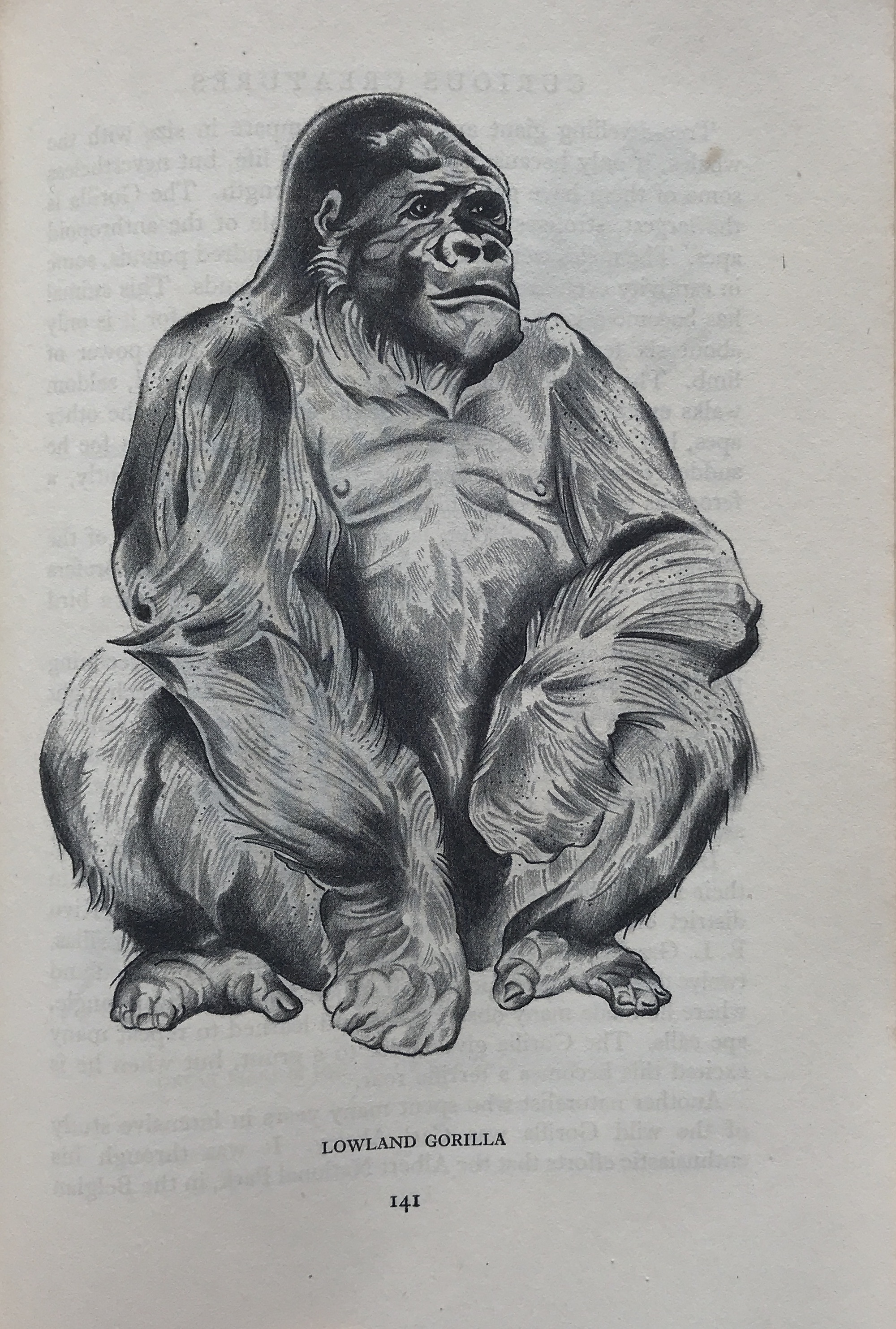
Erna Pinner. Curious Creatures. The Scientific Book Club, 1951, p. 141: Lowland Gorilla (Original © Erna Pinner). 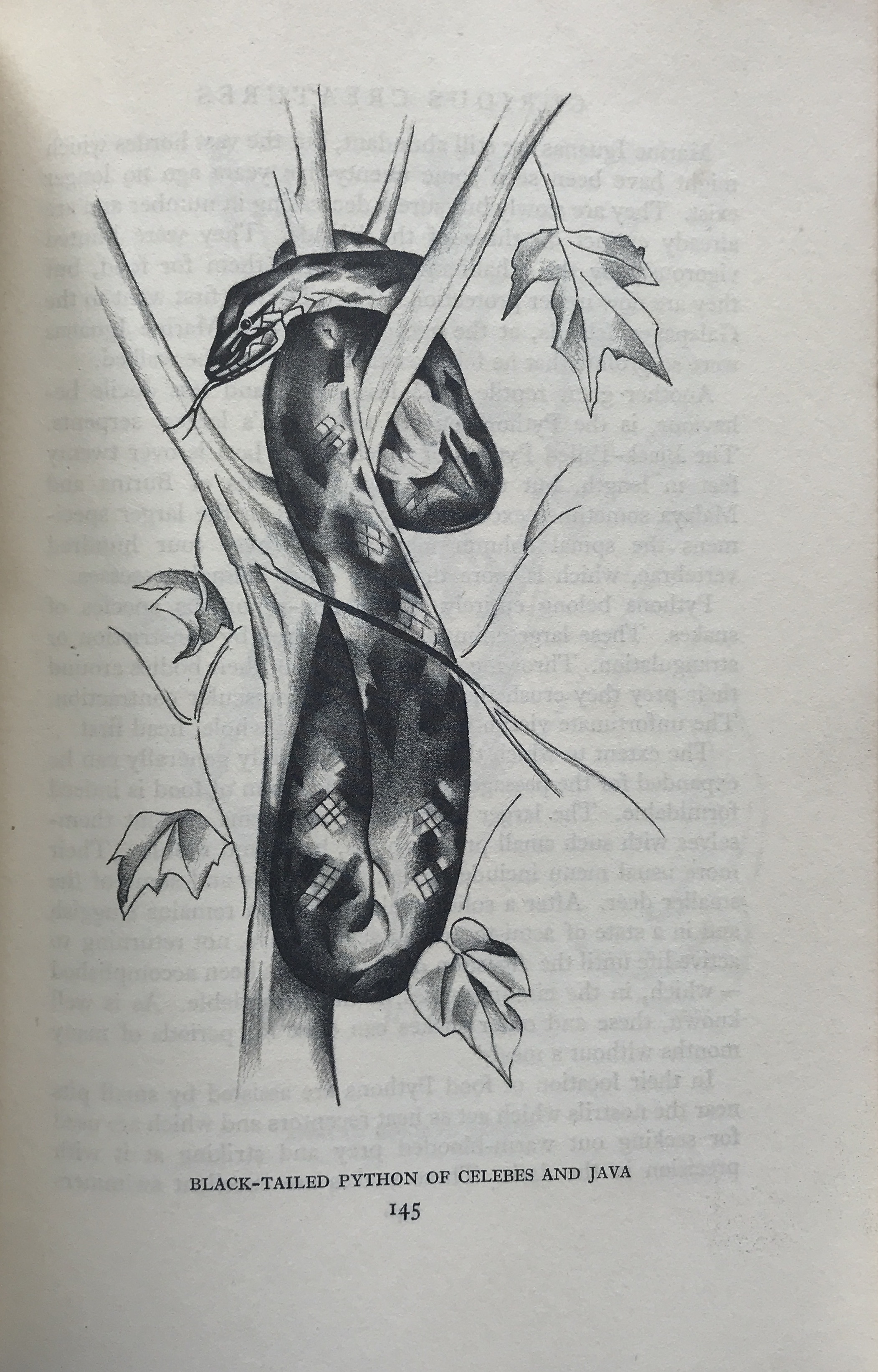
Erna Pinner. Curious Creatures. The Scientific Book Club, 1951, p. 145: Black-tailed Python of Celebes and Java (Original © Erna Pinner). 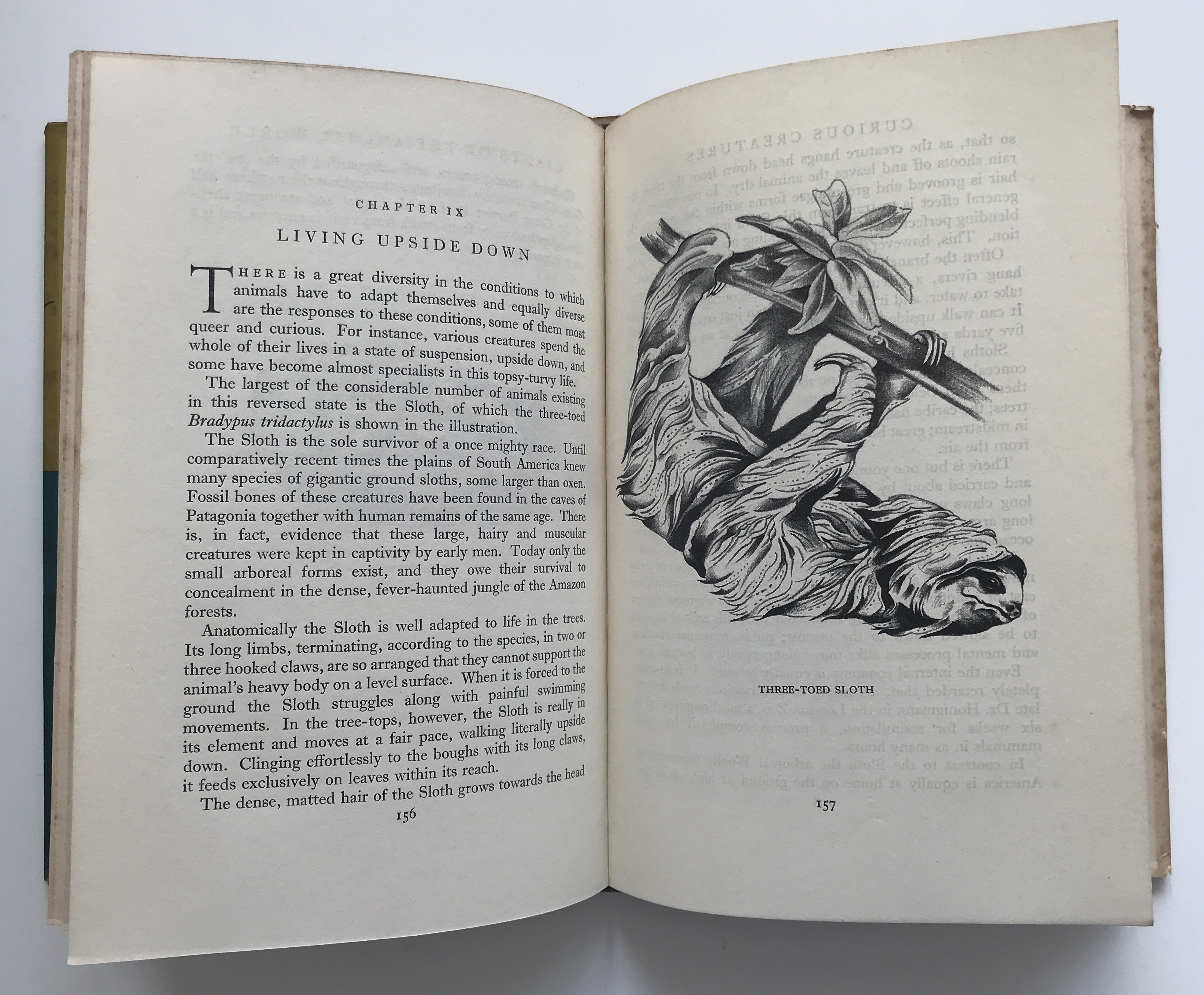
Erna Pinner. Curious Creatures. The Scientific Book Club, 1951, pp. 156–157: “Living Upside Down” (Original © Erna Pinner). 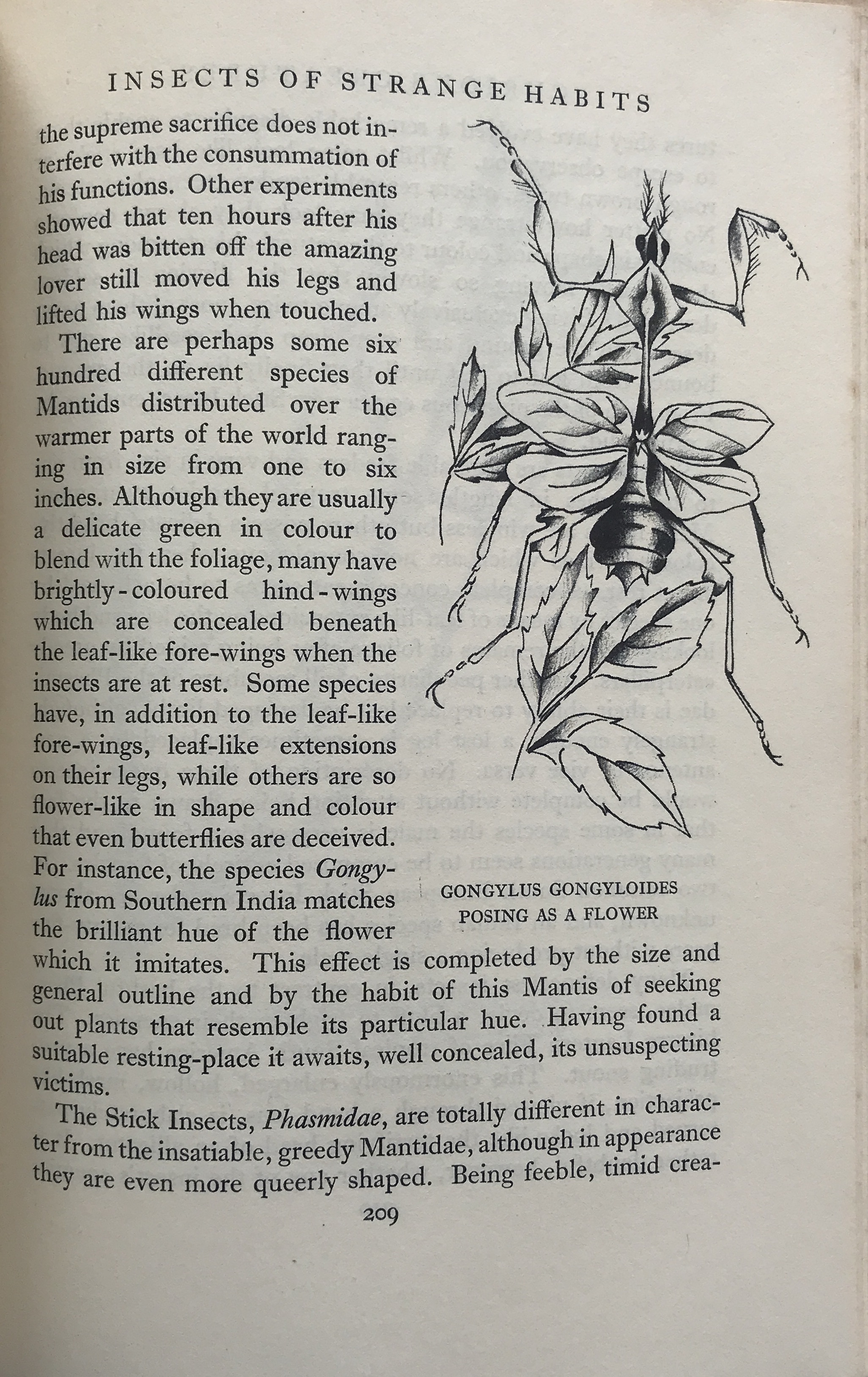
Erna Pinner. Curious Creatures. The Scientific Book Club, 1951, p. 209: “Insects of Strange Habits” (Original © Erna Pinner). 
Erna Pinner. Wonders of Animal-Life. Text by Monica Shorten. Puffin Picture Books, Penguin, 1945, cover (Original © Erna Pinner). 
Erna Pinner. Wonders of Animal-Life. Text by Monica Shorten. Puffin Picture Books, Penguin, 1945, back cover (Original © Erna Pinner). Becker, Eva D. “Erna Pinners halbes Leben im Exil.” Exil, no. 2, 2004, pp. 61–74.
Becker, Lutz. “Von der Kunst zur Wissenschaft. Der erstaunliche Lebensweg der Erna Pinner.” Ich reise durch die Welt. Die Zeichnerin und Publizistin Erna Pinner (Schriftenreihe Verein August Macke Haus, Bonn, 23), exh. cat. August Macke Haus, Bonn, 1997, pp. 11–19.
Bußmann, Annette. “‘Das Leben ist eine Metamorphose’: Erna Pinner als Mittlerin zwischen den Kulturen im britischen Exil.” Vermittler*innen zwischen den Kulturen, edited by Inge Hansen-Schaberg et al., special issue of Zeitschrift für Museum und Bildung, no. 86–87, 2019, pp. 76–90.
Ich reise durch die Welt. Die Zeichnerin und Publizistin Erna Pinner (Schriftenreihe Verein August Macke Haus, Bonn, 23), exh. cat. August Macke Haus, Bonn, 1997.
Pinner, Erna. Wonders of Animal-Life. Text by Monica Shorten. Puffin Picture Books, Penguin, 1945.
Pinner, Erna. Curious Creatures. Jonathan Cape, 1951.
Weidle, Barbara. “Berlin, Johannesburg, La Paz: Ein Jahrzehnt im Künstlerleben der Erna Pinner.” Ich reise durch die Welt. Die Zeichnerin und Publizistin Erna Pinner (Schriftenreihe Verein August Macke Haus, Bonn, 23), exh. cat. August Macke Haus, Bonn, 1997, pp. 25–59.
Word Count: 169
Jüdisches Museum, Frankfurt am Main.
Word Count: 6
My deepest thanks go to Frances Kitson, Jacky Oldham and Peter Oldham, who gave me permission to reproduce the works of Erna Pinner.
Word Count: 23
- London
- Burcu Dogramaci. "Curious Creatures." METROMOD Archive, 2021, https://archive.metromod.net/viewer.p/69/1470/object/5140-11258638, last modified: 26-04-2021.
-
Julian HuxleyZoologistPhilosopherWriterLondon
Julian Huxley was the director of London Zoo from 1935 to 1942 and worked closely with emigrant photographers, artists and architects, including Berthold Lubetkin, Erna Pinner and Wolf Suschitzky.
Word Count: 27
Lotte JacobiPhotographerNew YorkIn October 1935 the German émigré photographer Lotte Jacobi, together with her sister Ruth Jacobi, opened a photo studio on 57th Street. The two sisters had to leave their parents' photo studio in Berlin in the 1930s and emigrated to New York.
Word Count: 41